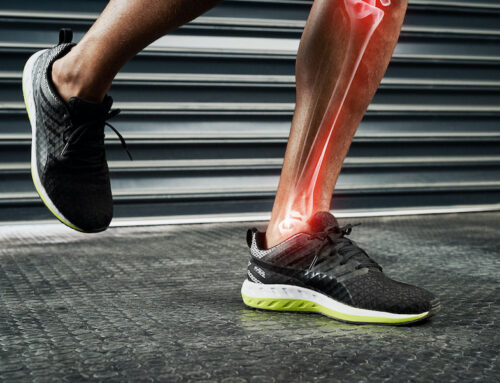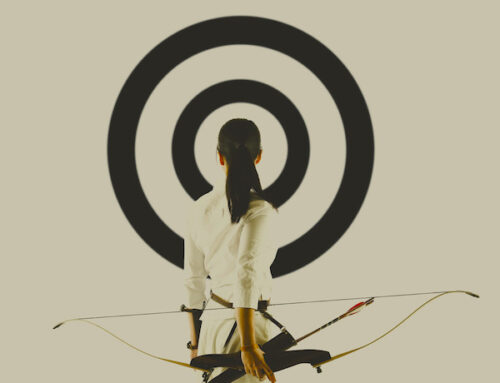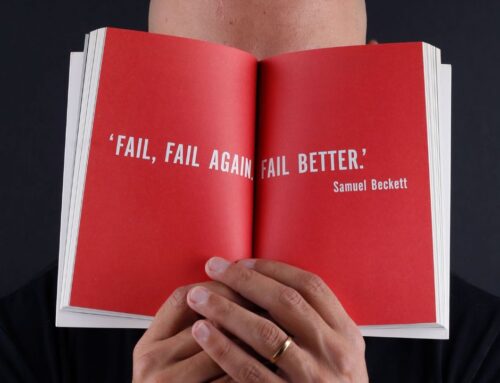I’m going to take a little moment to talk about Resting Heart Rate here, or RHR in short.
RHR is one of the most basic testing methods to check for health and wellness. Testing your RHR regularly can show the onset of overtraining syndrome, a cold or flu and other illnesses if you know how to read and understand the numbers. More specifically though identifying your RHR is good because you can see whether your fitness is improving or deteriorating.
Over time your RHR should shift downward (Be less) as your fitness improves, but living a stressful busy life doesn’t always allow for that. Typically for adults a good RHR is between 60-100 BPM however elite level athletes can be half that! A good RHR (somewhere between 60 and 100 BPM) shows good heart health and function, but a reduction in that number will identify an increase in the strength, functionality and the efficiency of the heart.
The heart is a muscle (believe it or not) and it needs to be progressively overloaded just like any other muscle in order to adapt. Therefore it is possible to make significant health gains by reducing the RHR. Whilst conventional strength exercises condition muscle groups and chains of muscles it doesn’t necessarily have the same effect on the heart. This is because the stress on the heart isn’t for a long duration of time, so your nervous system can recover from that quickly, with ease. In a strength session it is usually the muscle system that starts to weaken before the cardiorespiratory system. With that said, a simple and effective way of getting that RHR lower is by conducting Steady State cardio, or Intervals (Our BP45 Session is great for this). Conducting steady state or intervals stresses the heart for longer periods of time, therefore to deliver the amount of oxygenated blood required during the session it will need to (over time) become stronger and more efficient. Even walking at a brisk pace around your local reservoir can help make your heart a stronger muscle. That isn’t to say you should immediately ditch the weights and pull on your runners because it all works hand in hand.
I strongly recommend checking your Resting Heart Rate just to see how you stack up against the general population and the athletes. The best time to do this is on waking from a restful nights sleep, but as long as you’re sat or laying still for a few minutes it’s generally not too far different. Place the index and middle finger on the pulse in your wrist or neck, count the beats over a 6 second period and multiply that number by 10. Repeat this process 3 times and take the average. Now make a note of it, and if you think it should be better then take on some intervention to make your heart healthier, stronger and more efficient! You can’t beat a healthy heart.
Until next time Jake.







 >
>

Leave a Reply